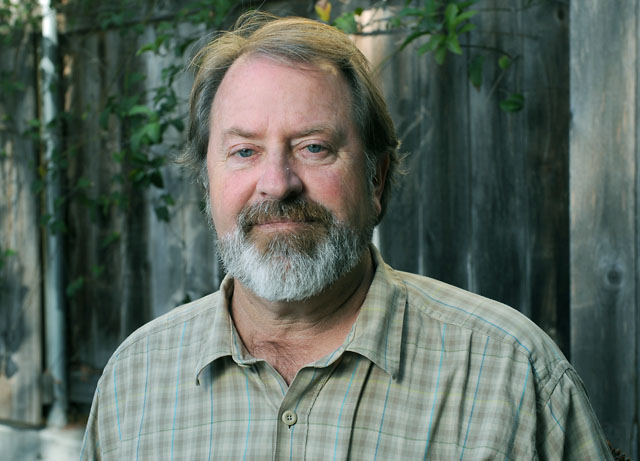Casino Powering Chumash Culture?
Anthropologist Paul H. Gelles Discusses New Book Chumash Renaissance

After 200 or so years of subjugation, discrimination, and poverty, it only took about a decade for the Santa Ynez Band of Mission Indians to completely flip the economic and political tables of Santa Barbara County, where they’re now one of the largest employers, a major philanthropic force, and a lobbying heavyweight. Yet because that rise to prominence came on the back of the Chumash Casino — a large resort opened in 2004 amid much public outcry on the Chumash reservation at the center of the Santa Ynez Valley — the success story has never been without controversy. And with plans to annex land across Highway 246 for a cultural center, as well as desires to develop the recently purchased 1,400-acre Camp 4 property into tribal housing, the past, present, and future of the Santa Ynez Chumash will be at the forefront of Santa Barbara politics for years to come.
Against that backdrop comes Chumash Renaissance: Indian Casinos, Education, and Cultural Politics in Rural California, a new book from anthropologist Paul H. Gelles. After studying South American tribes and teaching at UC Riverside for many years, Gelles came to live in the Santa Ynez Valley in 2003 when he was hired by the Chumash as a cultural coordinator for their summer camp. He worked in that capacity for two more summers, and then — in between teaching classes at Midland School, where he remains a teacher — Gelles spent the ensuing years researching, writing, and self-publishing this first attempt to show how integral casino revenues have been to saving and restoring traditional Chumash culture.
“Chumash culture was there before the casino, obviously, but the casino revenues have helped the tribe revitalize it and even bring things back,” said Gelles, explaining that, among other triumphs, the Chumash hired a linguist to recover and teach them the old Samala language. “It’s so different from where I worked in Peru, where there was a very strong culture with very little money. Here is a tribe that has financial resources to focus on culture and reclaim what has been taken from them.”
“It’s not like I love casinos, but the casino tribes are the only indigenous people out of all the Americas that have gained economic and political power.”
Along with the cultural rebirth has come an educational revolution for the tribe’s 1,200 descendents — who can tap into college scholarships — as well as actual political power, too, which Chumash elders wield at local, state, and federal levels in ways that were unimaginable just 20 years ago. “For the 50 million indigenous people from the Americas, probably 98 percent still live in abject poverty and have very little economic or political power,” said Gelles. “It’s not like I love casinos, but the casino tribes are the only indigenous people out of all the Americas that have gained economic and political power.”
While the book looks very favorably on the casino’s impact, Gelles doesn’t give his opinion on future plans, and he agrees that people have a right to oppose development. But he believes that the opposition groups represent a “vocal minority” of mostly “elite, white people” — many of whom came to the valley in fairly recent times — and questions their tactics. “What I object to is the way in which they denigrate the tribal members in the process,” said Gelles. “They question authenticity, which is very insulting. It’s very different than what other developments face.”
Gelles believes that’s partly because modern society has trouble reconciling the image of pristine Native Americans with the reality of successful businesspeople. “We like to think of Native Americans as being representative of what we’ve lost as a people,” he said. “We don’t think about the living experience of flesh-and-blood people.” But in his South American research, particularly on a group of Peruvian migrants who traveled regularly between their Andean village and Washington, D.C., Gelles knows that 21st-century success does not wipe out tradition. “What you find are that social mobility and modernity can be compatible with indigenous identity,” he explained.
Gelles mostly hopes his book helps remind his neighbors that they live amid many different kinds of people, not just rich, white ranchers. “I’ve got a 10-year-old and a 7-year-old, and I want them to grow up in a community that respects cultural diversity,” said Gelles. “The public institutions haven’t done a good job of educating people about the diversity that exists in the Santa Ynez Valley. I’m hoping to force a dialogue and discussion about this, and tell what’s largely an untold story.”



